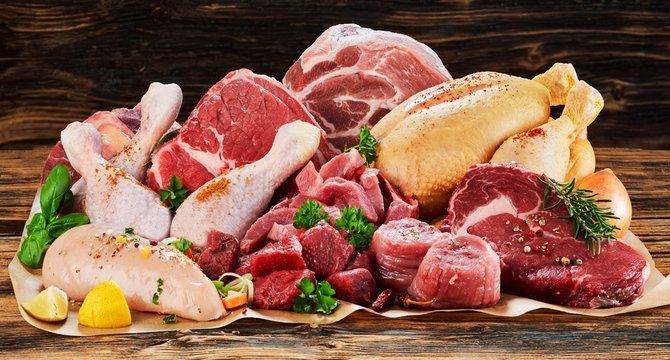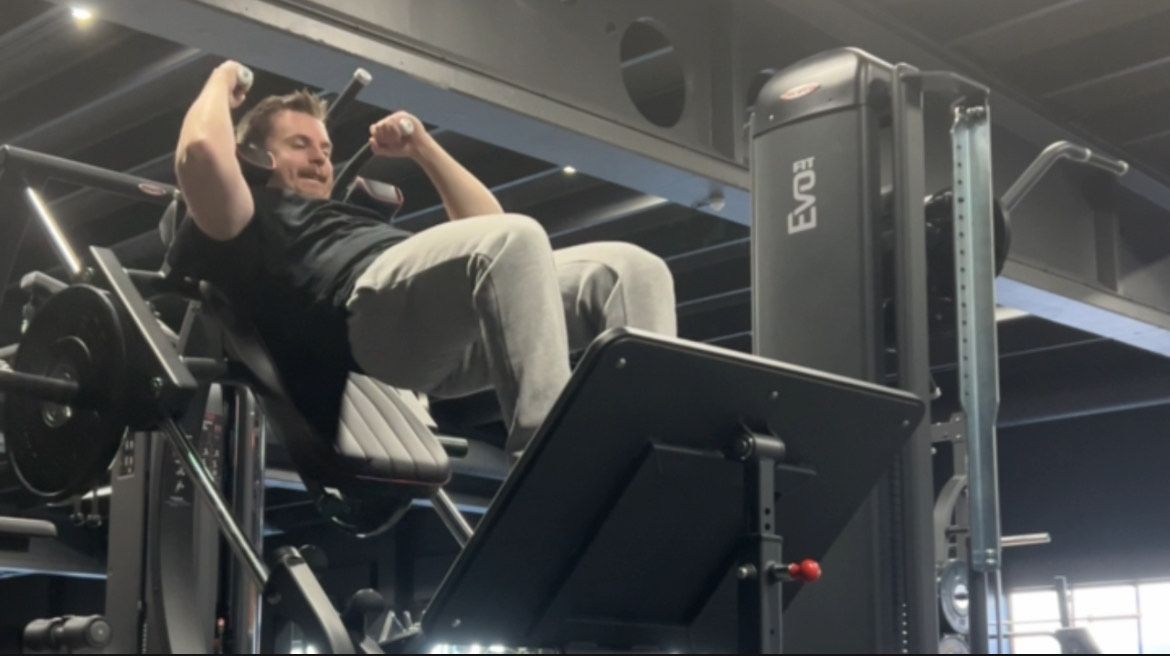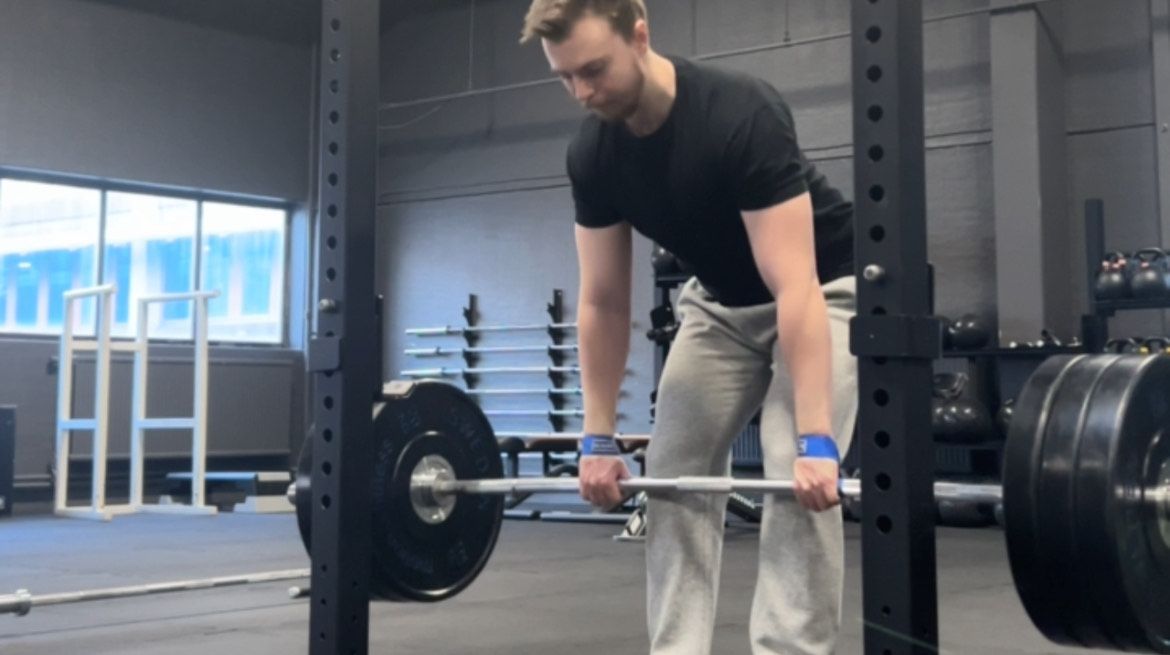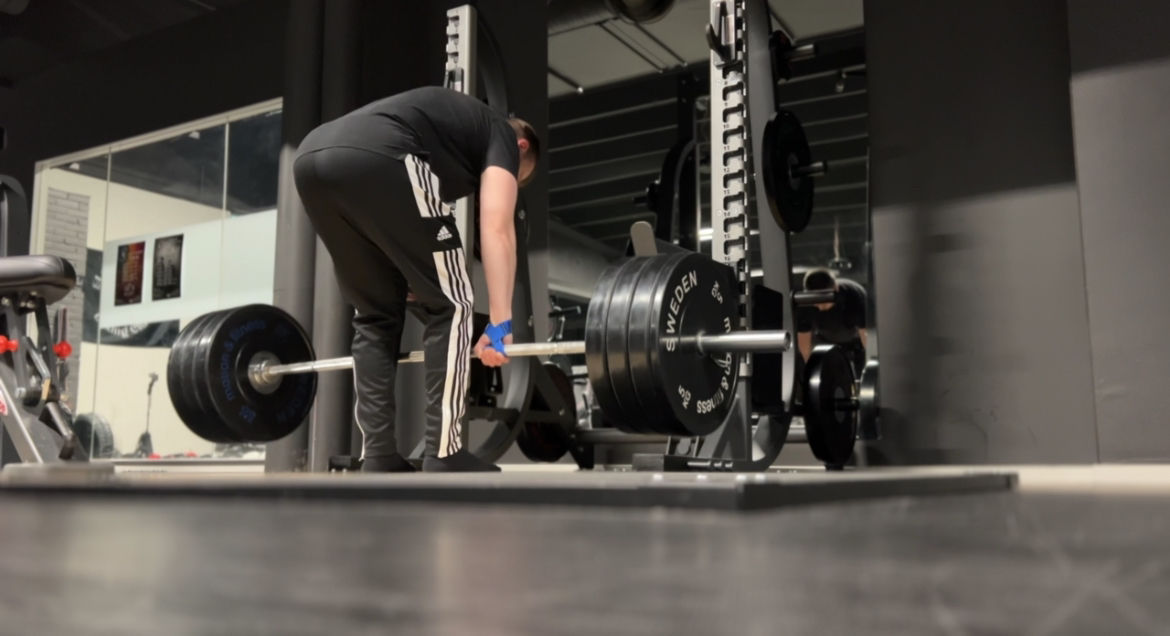How to train when you are fat vs skinny
Is there a difference?
When it comes to building muscle and transforming your physique, the approach to training for both skinny and overweight individuals is fundamentally the same. Both groups need to focus on effective strength training, progressive overload, and proper nutrition to achieve their goals. The only significant difference is the need for a caloric surplus to gain weight and muscle or a caloric deficit to lose fat while maintaining muscle. Let’s dive into how to train and eat based on your body type:
Common Training Principles for Both Skinny and Overweight Individuals
Regardless of whether you are skinny or overweight, the following training principles apply:
1. Strength Training is Essential
- Focus on Compound Movements: Exercises such as squats, deadlifts, bench presses, overhead presses, rows, and pull-ups should form the foundation of your training program. These compound exercises engage multiple muscle groups, allowing you to lift heavier weights and build strength more efficiently.
- Train with Progressive Overload: Both skinny and overweight individuals need to progressively increase the weight, reps, or sets to challenge their muscles and stimulate growth. Tracking your progress is crucial to ensure you are consistently improving and not stagnating.
- Aim for Hypertrophy: The 6-12 rep range is generally considered optimal for muscle growth (hypertrophy). Both groups should aim for 3-4 sets per exercise in this rep range, combining it with some heavier (4-6 reps) and lighter (12-15 reps) sets for a balanced approach.
2. Consistency in Training
- Train 3-5 Days a Week: Both groups can benefit from training 3-5 days a week. Beginners might start with a full-body workout three times a week, while more advanced lifters can follow an upper/lower split or push/pull/legs split to focus on specific muscle groups.
- Rest and Recovery: Regardless of your body type, muscles grow during rest, not during workouts. Ensure you have 48 hours of rest between training the same muscle group and aim for 7-9 hours of sleep each night for optimal recovery.
3. Prioritize Protein Intake
- High Protein Diet: Both skinny and overweight individuals need a high-protein diet to support muscle growth and repair. Aim for 1.6-2.2 grams of protein per kilogram of body weight. Include protein-rich foods like chicken, beef, fish, eggs, dairy, and plant-based sources like beans and legumes.
The Key Differences: Caloric Surplus vs. Caloric Deficit
While the training approach is nearly identical for both groups, the key difference lies in the nutrition strategy:
1. If You Are Skinny (Ectomorph): Aim for a Caloric Surplus
- Eat More Calories Than You Burn: To build muscle, skinny individuals need to be in a caloric surplus, consuming 300-500 calories more than their Total Daily Energy Expenditure (TDEE). This surplus provides the energy needed for muscle repair and growth.
- Carbohydrates and Fats: Along with protein, focus on consuming adequate amounts of complex carbohydrates (rice, oats, potatoes) and healthy fats (avocados, nuts, olive oil) to support energy levels and overall health.
- Frequent Meals: Eating 5-6 smaller meals throughout the day can help ensure a steady flow of calories and nutrients for muscle growth.
2. If You Are Overweight (Endomorph): Aim for a Caloric Deficit
- Eat Fewer Calories Than You Burn: To lose fat, overweight individuals need to be in a caloric deficit, consuming 300-500 calories less than their TDEE. This deficit forces the body to use stored fat for energy while preserving muscle mass through strength training.
- Balanced Macronutrient Intake: While in a caloric deficit, focus on protein to preserve muscle mass, moderate amounts of carbohydrates (especially complex carbs), and healthy fats to support hormonal balance and satiety.
- Cardio as a Supplement: While strength training remains the priority, adding 2-3 days of cardiovascular exercise (e.g., brisk walking, cycling, HIIT) can help burn additional calories and improve cardiovascular health.
Conclusion
The path to muscle growth and fat loss involves many of the same core principles: effective strength training, progressive overload, adequate protein intake, and consistency. The primary difference between training as a skinny or overweight individual comes down to nutrition. Skinny individuals need to focus on creating a caloric surplus to gain muscle, while overweight individuals must create a caloric deficit to lose fat while preserving muscle. By understanding these key distinctions and applying the same fundamental training principles, both body types can successfully transform their physiques and achieve their fitness goals.











